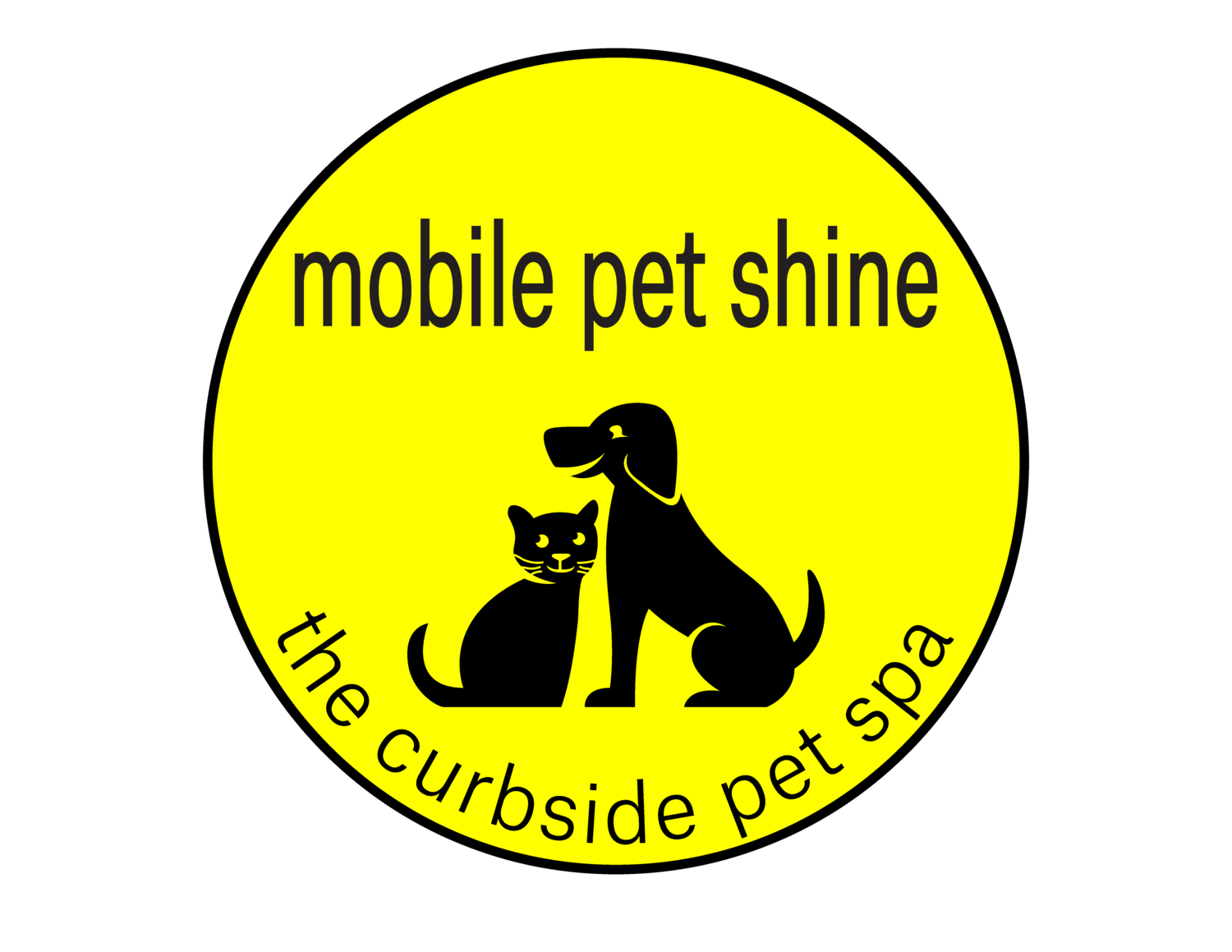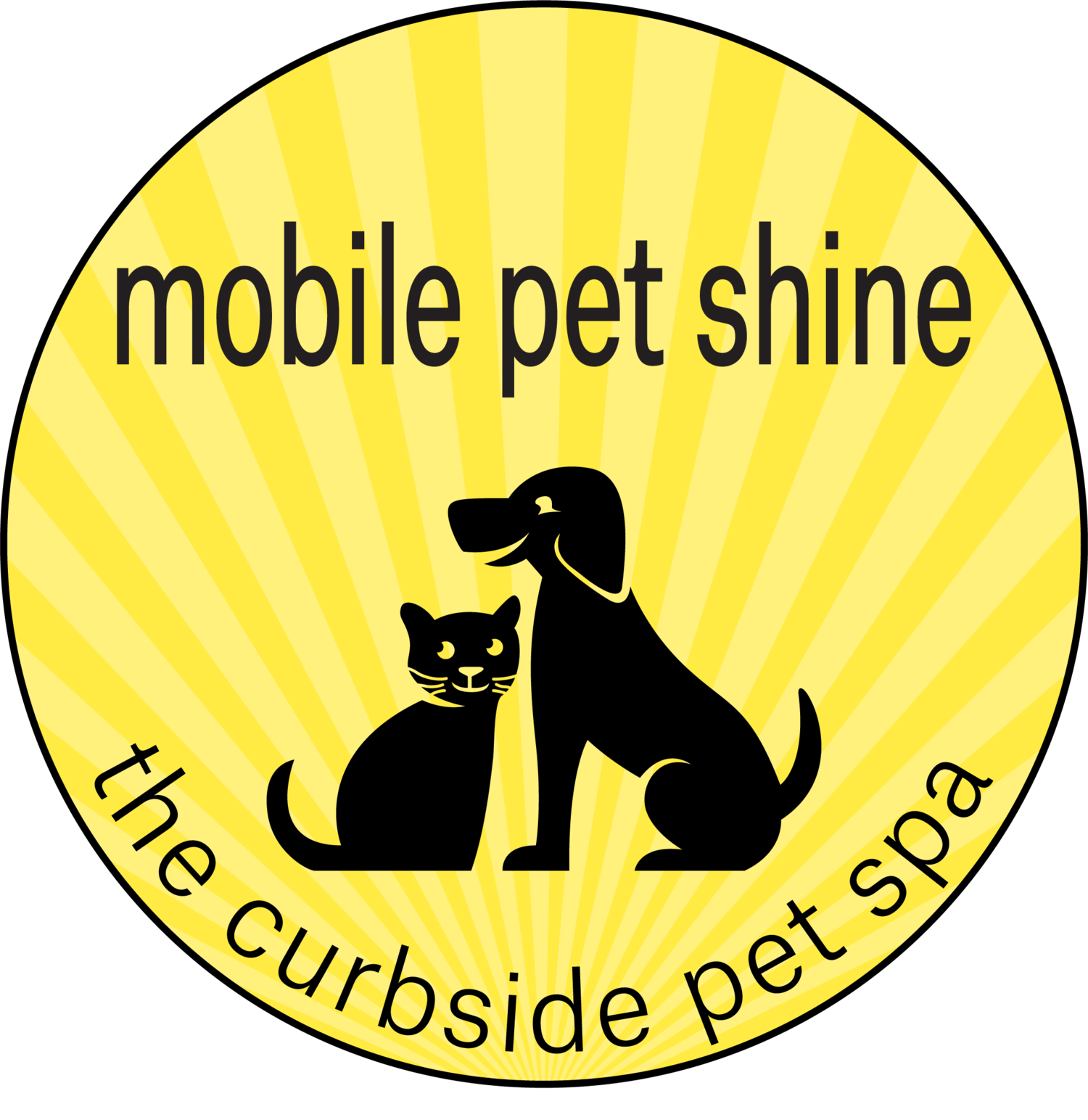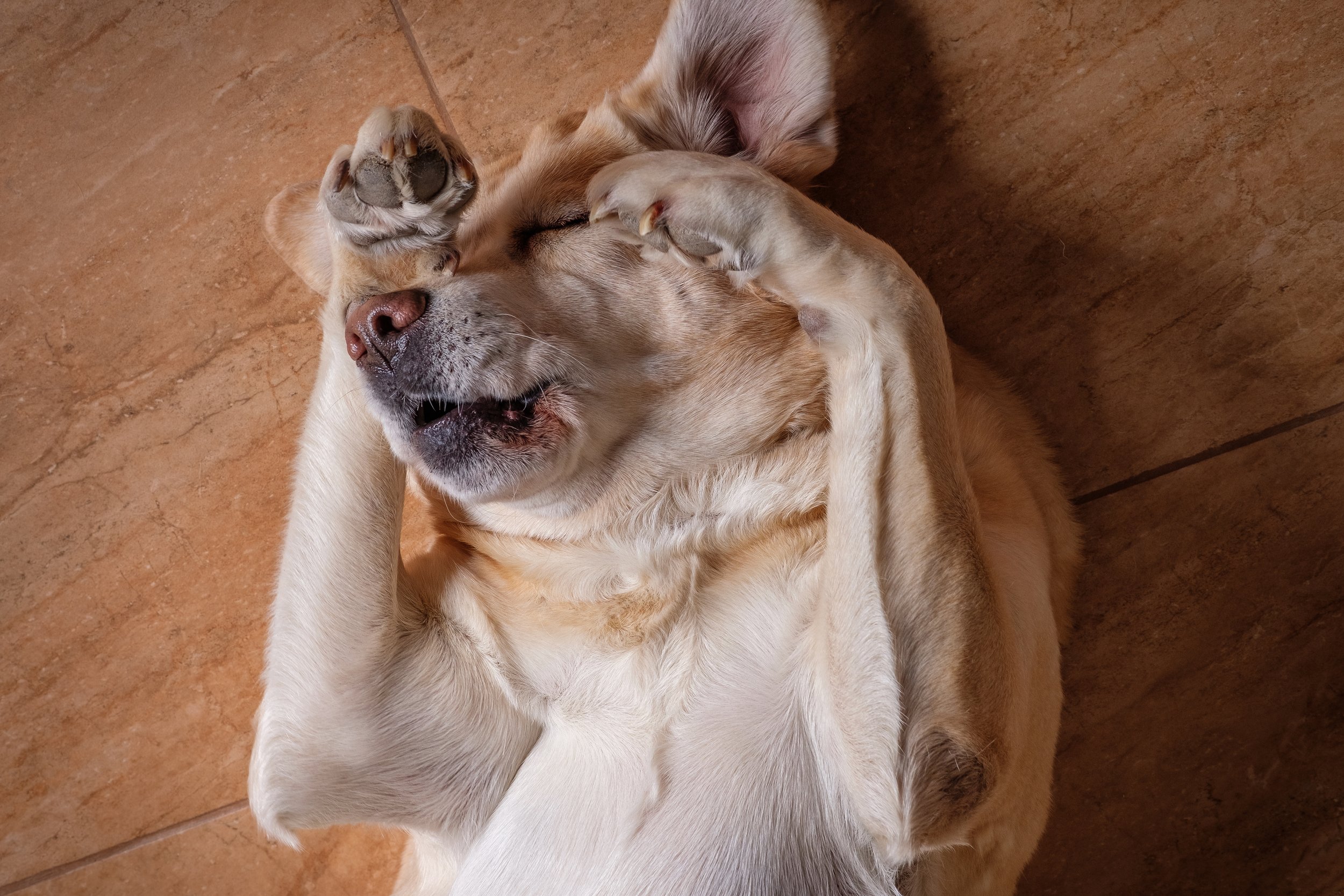Lice. What to do.
Mention the word and it sends a shudder down the spine of pretty much anyone. And, animals too! They’re invasive little creatures but, did you know that lice for a dog isn’t the same as lice for a human?
While lice are rare amongst dogs in the US, they do present themselves and we thought just in case, here are some things to look for and measures to take if those pesky little varmints reck havoc on your poor pet. And know, we have experience with lice so, come to us after visiting your vet and we’ll groom your pet accordingly.
First off, if your pet has them that doesn’t mean that they will jump onto you for a vacation. They have no interest in you, only your pet. The ones that inhabit humans is a totally different species. Phew!
What Are Lice?
Lice (singular louse) are wingless, flat, six-legged insects that attach to a host's hair shafts and feed on skin and blood. Lice are host-specific, meaning that each genus of animal is only infected by certain species of lice. And for dogs, there are three species…Linognathus setosus, Trichodectes canis, and Heterodoxus spiniger .1 All species cause the same irritating symptoms in dogs.
Symptoms To Watch For?
Intense Itching/scratching
Hair loss
Red, inflamed skin
Tiny, light-colored bugs among hairs
White flakes deep in the coat
Rough, dry, or matted coat.
Hair loss, specifically around ears, neck, shoulders, groin, and rectal regions.
Small wounds or bacterial infections from bites by sucking lice.
Restless behavior.
Anemia in extreme cases, or in small dogs and puppies.
Tapeworms and other bacteria or parasites that are spread by lice.
Look for itching. This is the most common symptom but be aware whether it’s fleas or lice. Both affect pets to the point of scratching fits even breaking the skin. Untreated, like fleas, lice can cause fur loss, trauma to the skin, and infection.
What’s the Difference Between Fleas and Lice?
Mainly, the lice mainly burrow into hair parts of the human body while the fleas are quickly moving small insects found mainly on animals. Only fleas can jump. Furthermore, the lice bite is comparatively less painful while fleas bite is more painful. Upon close inspection, it is possible to see lice among the dog's hairs. Lice are light-colored and slow-moving. Fleas, by contrast, are dark and fast-moving, while ticks are dark and generally immobile. Because lice lay their eggs on the shafts of pet hairs, it's also possible to see their empty eggshells which look very much like dandruff. Any white flakes that are sticky and hard to remove from the hair are almost certainly unhatched lice eggs.[1]
Most Common Places for Pets to Get Lice?
Basically, it’s simple. Dog with lice meets dog without lice. Lice jumps ship to the other dog and starts a new journey. It does take some amount of time for the dogs to spend time together in order for the lice to transmit but, it’s inevitable. Another common way is shared grooming tools which can also transfer the little buggers. Now, this won’t ever happen at Mobile Pet Shine!
We sterilize our mobile vans with quality grade products and we’ve had a stellar track record when it comes to eradicating lice and soothing your pets frustrations. Just know, we can help with lice so call us to trim, clean and help your pet through a painful and annoying situation. Lice can not only reck havoc on your pet’s skin but lice are emotionally and physically exhausting and stressful for your pet.
Other places to be cautious of:
Pet adoption centers
Pet daycares
Pet shows
Dog parks
Rescue facilities
If you suspect your pet is sick, call your vet immediately. Before using any treatments, ask your veterinarian to tell you what product is safest for your dog. For health-related questions, always consult your veterinarian, as they have examined your pet, know the pet's health history, and can make the best recommendations for your pet.
Article Sources
The Spruce Pets, Vet Reviewed & Pet Approved. Dotdash Meredith Group.


